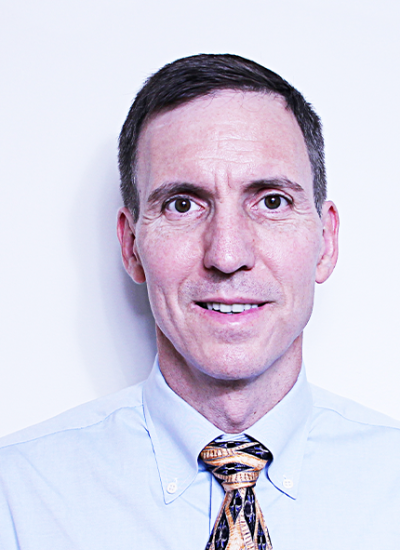Jefferey L Burgess
Publications
According to the National Fire Protection Association there were 487,500 structural fires in the U.S. in 2013. After visible flames are extinguished firefighters begin the overhaul stage where remaining hot spots are identified and further extinguished. During overhaul, a significant amount of potentially hazardous chemicals can remain in the ambient environment. Previous research suggests that the use of air purifying respirators fitted with chemical, biological, radiological, and nuclear (CBRN) canisters may reduce occupational exposure. This study used large scale burns of representative structural materials to perform side-by-side, filtering, and service-life evaluations of commercially available CBRN filters using two head forms fitted with full-face respirators and a dynamic breathing machine. Three types of CBRN canisters and one non-CBRN cartridge were challenged in repetitive post-fire environments. Tests were conducted with two different breathing volumes and rates for two sampling durations (0-15 min and 0-60 min). Fifty-five different chemicals were selected for evaluation and results indicate that 10 of the 55 chemicals were present in the post-fire overhaul ambient environment. Acetaldehyde and formaldehyde were found to be the only two chemicals detected post filter but were effectively filtered to below ACGIH TLVs. Counter to our prior published work using continuous flow filter evaluation, this study indicates that, regardless of brand, CBRN filters were effective at reducing concentrations of post-fire ambient chemicals to below occupational exposure limits. However, caution should be applied when using CBRN filters as the ambient formaldehyde level in the current study was 8.9 times lower than during the previous work.
Formalized risk management (RM) is an internationally accepted process for reducing hazards in the workplace, with defined steps including hazard scoping, risk assessment, and implementation of controls, all within an iterative process. While required for all industry in the European Union and widely used elsewhere, the United States maintains a compliance-based regulatory structure, rather than one based on systematic, risk-based methodologies. Firefighting is a hazardous profession, with high injury, illness, and fatality rates compared with other occupations, and implementation of RM programs has the potential to greatly improve firefighter safety and health; however, no descriptions of RM implementation are in the peer-reviewed literature for the North American fire service.


